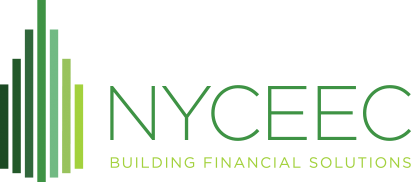Deal Spotlight
Serving Community Residents with Solar & Storage in Staten Island
0
Lifetime GHG Savings (Metric Tons)
$
0
Project Total Capital
$
0
NYCEEC Loan Commitment

The Building
Building type
Institutional
Development
Crescent Farms
Building size
2 Buildings
21,725 Square Feet
Year Built
1931
Location
Staten Island, NY
Project type
Solar + Storage
Upgrades
Solar (Phase I)
Battery Storage (Phase II)
NYCEEC Loan Product
ESA/PPA
Term
13.0 Years
Closing Date
July 2022
The Project
NYCEEC provided a post-construction term loan to a special purpose entity owned by Crescent Farms Development LLC to fund community solar and battery storage installations at two buildings owned by First Baptist Church in Staten Island. The project is located within a low-to-moderate income community.1 The NYCEEC loan is structured to fund in two tranches: the first tranche will support 116.5 kW DC of installed rooftop solar across two buildings, and the second tranche (which will fund post-construction) will support a 125 kW/ 220 kWh lithium-ion battery storage system. A portion of the labor for the solar installation was sourced through NYSERDA’s Clean Energy Workforce Development program.
1 Also, a disadvantaged community as defined by New York State, see: https://www.nyserda.ny.gov/ny/disadvantaged-communities
Total Project Cost
$676,859
Total Incentives
$23,310
NYCEEC Loan
$345,000
The Results
The solar generation will be sold under community solar subscriptions, where 40% of the output will be available to the church itself, and the remainder will be sold to individual households that are patrons of the church. Subscribers are expected to benefit from a 5-10% discount to grid-supplied energy on the generation they purchase. The funding also went to repairing and replacing the community center’s and church’s older rooftops, which will ensure the longevity of the properties. The addition of the storage system (expected to complete by the end of 2022) should boost revenues by enabling the project to participate more optimally in utility-prescribed demand windows, increasing energy availability on the grid during times of peak demand.
